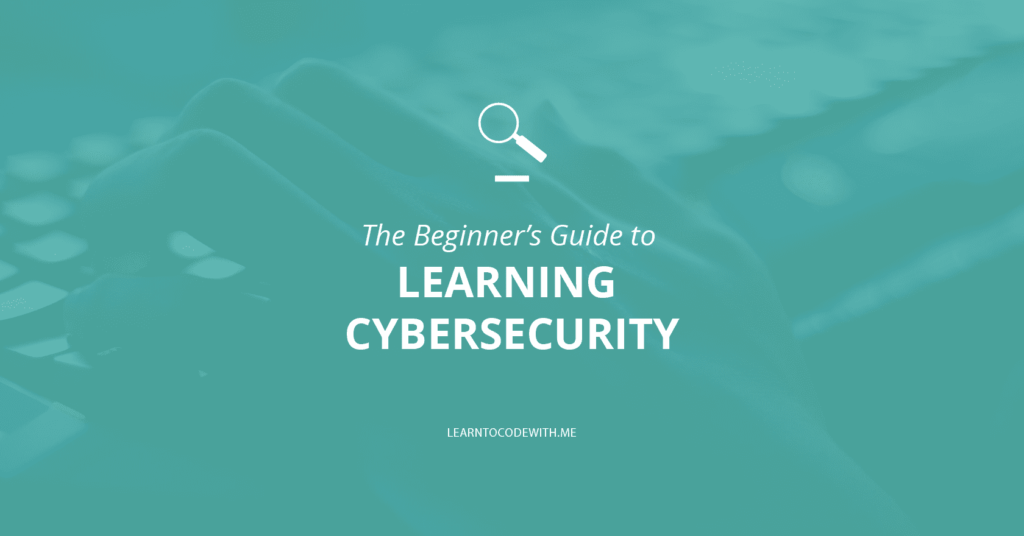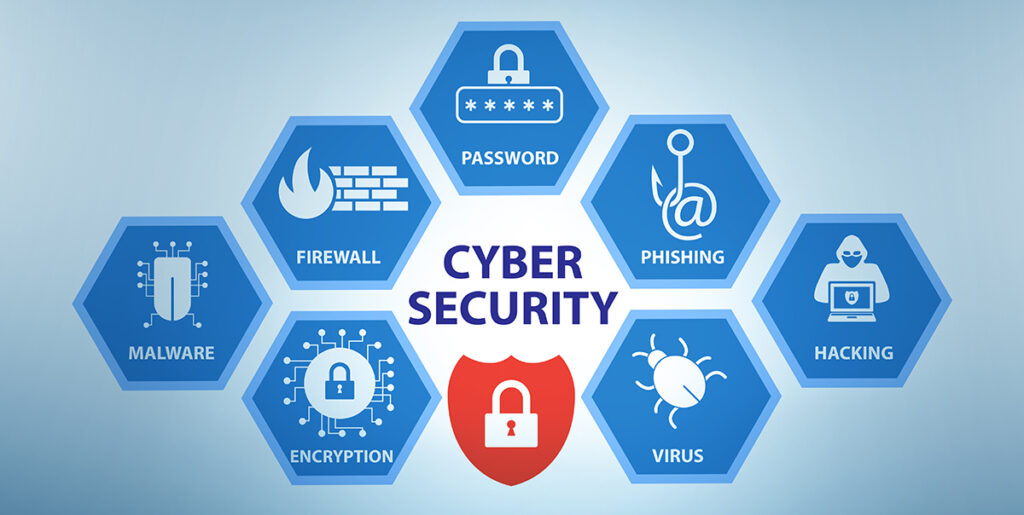In today’s digital age, the term “cybersecurity” is thrown around a lot, often leaving many of us wondering what it truly entails and why it matters. Let’s embark on a journey to demystify cybersecurity in simple terms, understanding the basics, threats, and practical steps we can take to safeguard ourselves in the vast online landscape.
What is Cybersecurity?
At its core, cybersecurity is like a digital shield protecting our online presence. It encompasses a set of practices, technologies, and processes designed to defend against cyber threats. These threats can range from pesky viruses and malware to more sophisticated attacks aiming to steal sensitive information.
Why Does Cybersecurity Matter?
Imagine your computer or smartphone as a fortress, and the internet as the world outside its walls. Just like we lock our doors and windows at home, cybersecurity ensures that our digital spaces are protected from unauthorized access, data breaches, and malicious activities. As we increasingly rely on digital platforms for communication, banking, shopping, and more, the importance of cybersecurity becomes paramount.
Common Cyber Threats Explained
1. Malware:
Malware is a catch-all term for malicious software, including viruses, worms, and trojans. These digital miscreants aim to disrupt, damage, or gain unauthorized access to computer systems.
2. Phishing:
Phishing is like online deception. Cybercriminals use fake emails, messages, or websites to trick individuals into revealing sensitive information, such as passwords or credit card numbers.
3. Ransomware:
Ransomware is a type of malware that encrypts a user’s files. Cybercriminals then demand a ransom, usually in cryptocurrency, to restore access. It’s like holding your digital belongings hostage.
4. Social Engineering:
Social engineering involves manipulating people into divulging confidential information. This could be through seemingly harmless conversations or even through fake job offers or charity requests.
Basic Cybersecurity Practices
Now that we have a grasp of the threats, let’s delve into practical steps to fortify our digital defenses:
1. Strong and Unique Passwords:
Use complex passwords for your accounts, combining uppercase and lowercase letters, numbers, and symbols. Avoid using the same password across multiple accounts.
2. Update Software Regularly:
Keep your operating system, antivirus software, and other applications up to date. Updates often include security patches that protect against the latest threats.
3. Use Antivirus Software:
Install reputable antivirus software to scan and protect your device from malware. Many options are user-friendly and offer real-time protection.
4. Be Wary of Phishing Attempts:
Double-check emails and messages, especially those requesting personal information. Avoid clicking on suspicious links or downloading attachments from unknown sources.
5. Enable Two-Factor Authentication (2FA):
2FA adds an extra layer of security by requiring a second form of verification, such as a code sent to your phone, in addition to your password.
6. Secure Your Wi-Fi Network:
Set a strong password for your Wi-Fi, enable WPA3 encryption if available, and change the default router login credentials. This prevents unauthorized access to your network.
7. Backup Your Data:
Regularly backup important files to an external hard drive or cloud storage. In case of a ransomware attack, you won’t lose precious data.
Cybersecurity for Everyday Life
Understanding cybersecurity isn’t just about protecting your devices; it’s also about safeguarding your online behavior:
1. Be Mindful of Public Wi-Fi:
Public Wi-Fi networks can be a breeding ground for cyber threats. Avoid accessing sensitive information when connected to public Wi-Fi, or use a Virtual Private Network (VPN) for added security.
2. Monitor Your Accounts:
Regularly check your bank statements, emails, and other online accounts for any unusual activity. If you spot something amiss, act promptly.
3. Educate Yourself:
Stay informed about common cyber threats and best practices. Many cybersecurity organizations provide user-friendly resources to enhance your knowledge.
4. Teach Cybersecurity to Others:
Share your cybersecurity knowledge with friends and family. Education is a powerful tool in creating a safer digital environment for everyone.
Conclusion: Safeguarding Your Digital World
In the vast realm of cybersecurity, knowledge is our most potent weapon. By understanding the basics, recognizing common threats, and adopting practical cybersecurity practices, we empower ourselves to navigate the digital landscape with confidence. Cybersecurity is not a daunting fortress but a set of accessible tools and habits that ensure our online experiences remain secure and enjoyable. As we continue to integrate technology into our lives, let’s embrace the principles of cybersecurity to fortify our digital presence and enjoy the wonders of the connected world responsibly.




